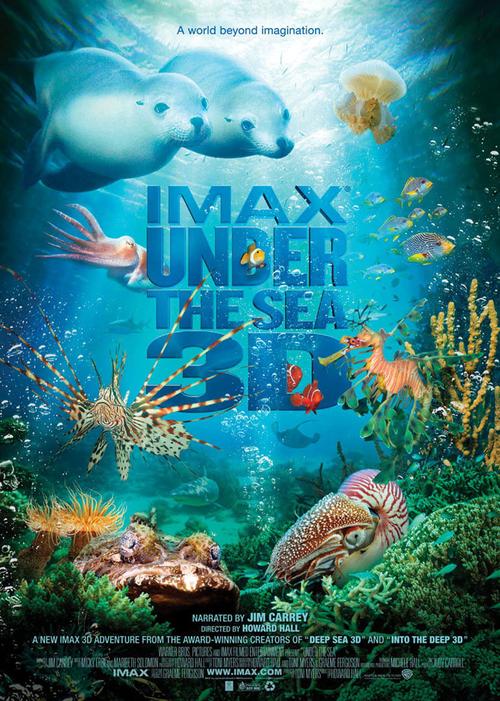a cro-magnon ritual
Have you ever wondered about the rituals of our ancient ancestors, the Cro-Magnons? These early humans, who roamed the Earth around 40,000 years ago, left behind a rich tapestry of cultural practices that continue to fascinate us today. One such ritual, known as the “a cro-magnon ritual,” offers a glimpse into the spiritual and social lives of these remarkable beings. Let’s delve into the details of this intriguing practice.
The Context of the Ritual
The “a cro-magnon ritual” is believed to have been performed in various contexts, including hunting, childbirth, and death. These rituals were integral to the Cro-Magnons’ survival and well-being, as they sought to maintain a harmonious relationship with the natural world and their community. The ritual often involved the use of symbols, artifacts, and communal participation, reflecting their deep connection to the environment and each other.
![]()
The Ritual Process
The ritual process itself was likely quite intricate, involving several stages. Here’s a breakdown of what might have transpired:
-
Preparation: The ritual would begin with the selection of a suitable location, often a cave or a natural clearing. The participants would gather and prepare themselves, possibly through fasting, meditation, or other purification practices.
-
Invocation: Once everyone was ready, the ritual leader would begin the invocation, calling upon the spirits or deities associated with the specific purpose of the ritual. This could involve singing, chanting, or the use of sacred objects.
-
Symbolic Actions: The participants would engage in various symbolic actions, such as painting or carving symbols on the walls of the ritual site, offering food or drink to the spirits, or performing dances or rituals that represented the ritual’s purpose.

-
Communal Participation: The ritual was a communal affair, with everyone participating in some way. This could involve sharing food, singing, or simply being present and offering their support to the ritual leader.
-
Closure: The ritual would conclude with a final act of gratitude or farewell to the spirits, followed by a communal feast or celebration to strengthen the bonds of the community.
The Significance of the Ritual
The “a cro-magnon ritual” held great significance for the Cro-Magnons. It served several purposes, including:
-
Connection to the Spiritual World: The ritual allowed the Cro-Magnons to connect with the spiritual realm, seeking guidance, protection, and blessings from the spirits or deities.
-
Community Cohesion: The communal nature of the ritual helped to strengthen the bonds between individuals within the community, fostering a sense of unity and shared purpose.
-
Survival: The ritual was also a means of ensuring the survival of the community, as it sought to maintain a harmonious relationship with the natural world and its resources.
The Artifacts and Symbols
Artifacts and symbols found at Cro-Magnon sites provide valuable insights into the “a cro-magnon ritual.” Some of the key artifacts and symbols include:
| Artifact/Symbol | Description |
|---|---|
| Lascaux Cave Paintings | Depicting animals, humans, and abstract symbols, these paintings are believed to be related to the ritual’s purpose. |
| Statuettes | Small figurines representing humans, animals, and deities, possibly used as ritual objects. |
| Flint Tools | Used for hunting and crafting, these tools may have been ritually cleansed or blessed during the ritual. |
| Engraved Stones | Carved with symbols and patterns, these stones may have been used as ritual markers or offerings. |
The Legacy of the Ritual
The “a cro-magnon ritual” left a lasting legacy on human culture. Many of the ritual practices and beliefs of the Cro-Magnons can be seen in the rituals and traditions of modern societies. The emphasis on communal participation, connection to the spiritual world,












